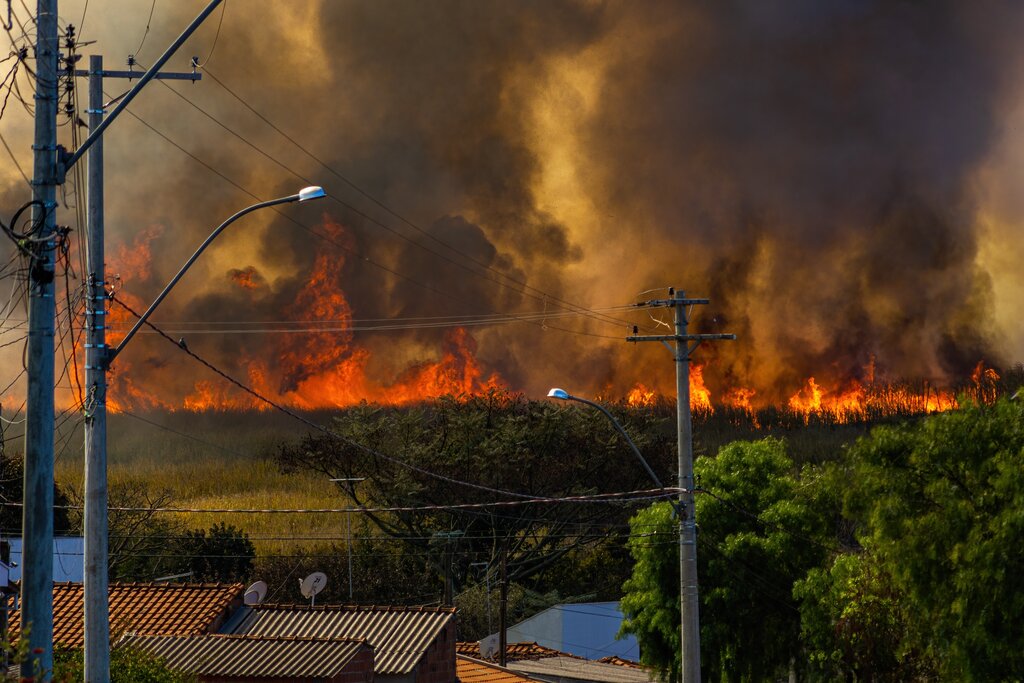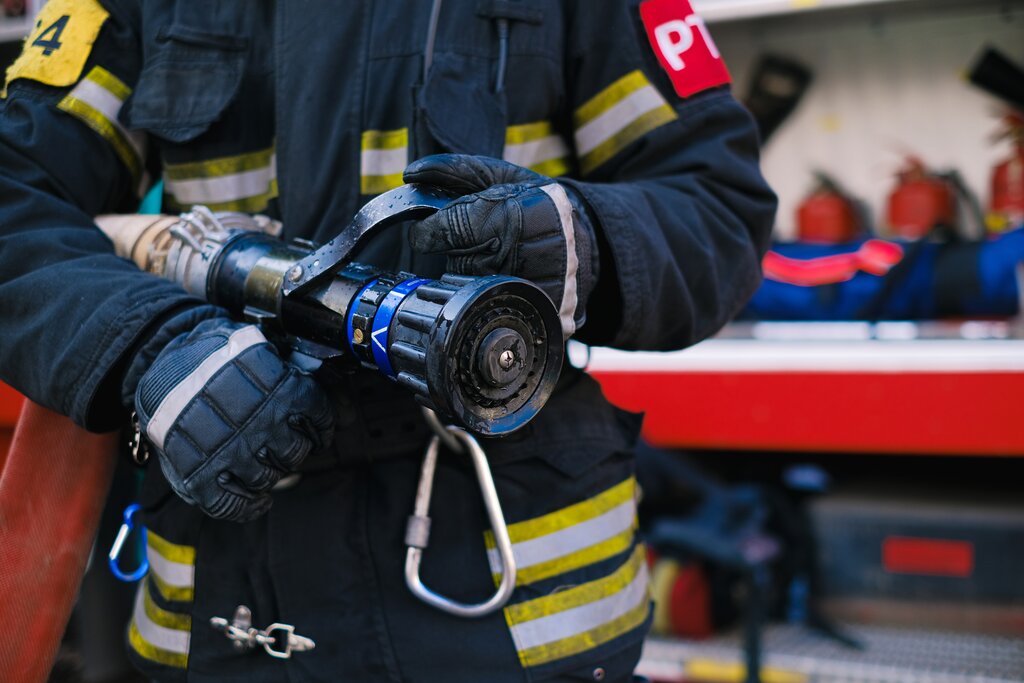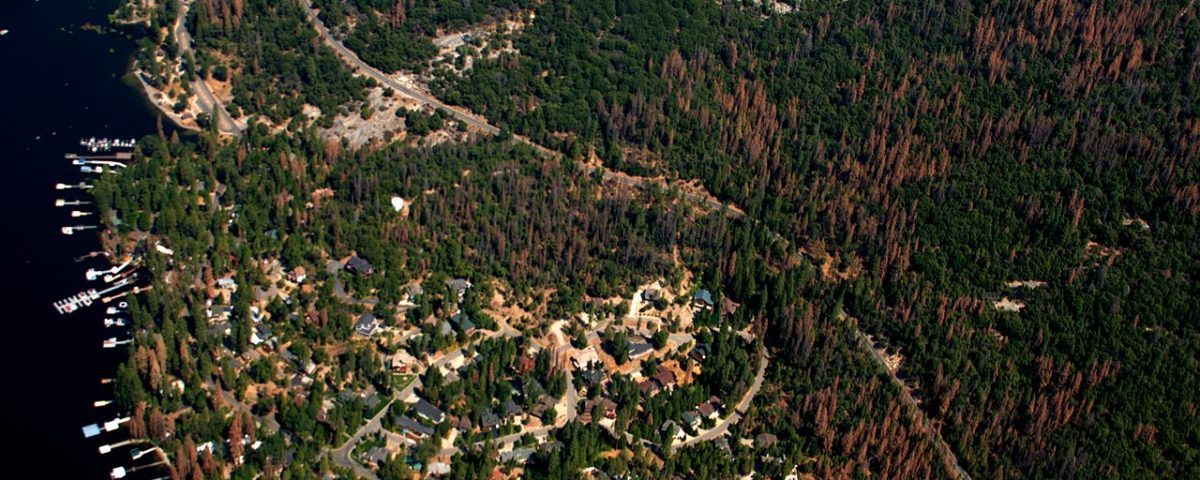
Newsom: Dead Trees Create “Extremely Dangerous” Wildfire Risk
Eighteen million of California’s trees died last year.
According to the U.S. Forest Service, that brings the state’s total number of dead trees to more than 147 million. Gov. Gavin Newsom thinks that’s a recipe for disaster.

He recently declared a state of emergency which allows fire officials to waive environmental regulations in order to clear out dead vegetation across the state.
“The increasing wildfire risks we face as a state mean we simply can’t wait until a fire starts in order to start deploying emergency resources,” Newsom said.
What Does It Mean?
The governor’s emergency order suspends all state environmental regulations that fall under the California Environmental Protection Agency and the California Natural Resources Agency. The suspension will continue through the end of the calendar year.
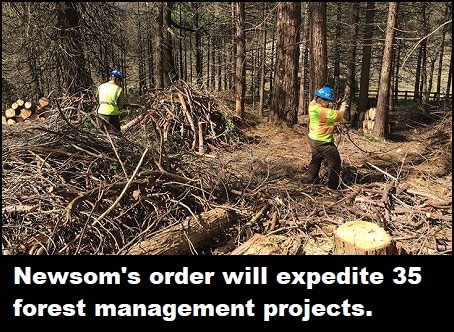
The order will expedite nearly three dozen local forest management projects which are designed to protect communities from deadly wildfires. The state’s forest management funds will pay for the projects, expected to cost about $35 million.
This action is the latest effort by the state to offset the risk of further disaster, in the wake of back-to-back years of record-setting wildfires. California wildfires killed more than 100 people and burned nearly two million acres in 2017 and 2018.
Why Are the Trees Dying?
According to Sheri Smith, a regional Forest Service entomologist, California should expect to lose about a million trees per year from insects and disease. So why is the state losing 18 times that number?
A combination of reasons. Primarily, years of drought, extreme heat and bark beetle infestations.
Between 2010 and 2017, California suffered through an epic drought, causing trees to splinter and wither. This made the trees extremely vulnerable to beetle infestations.
–Article Continues Below–
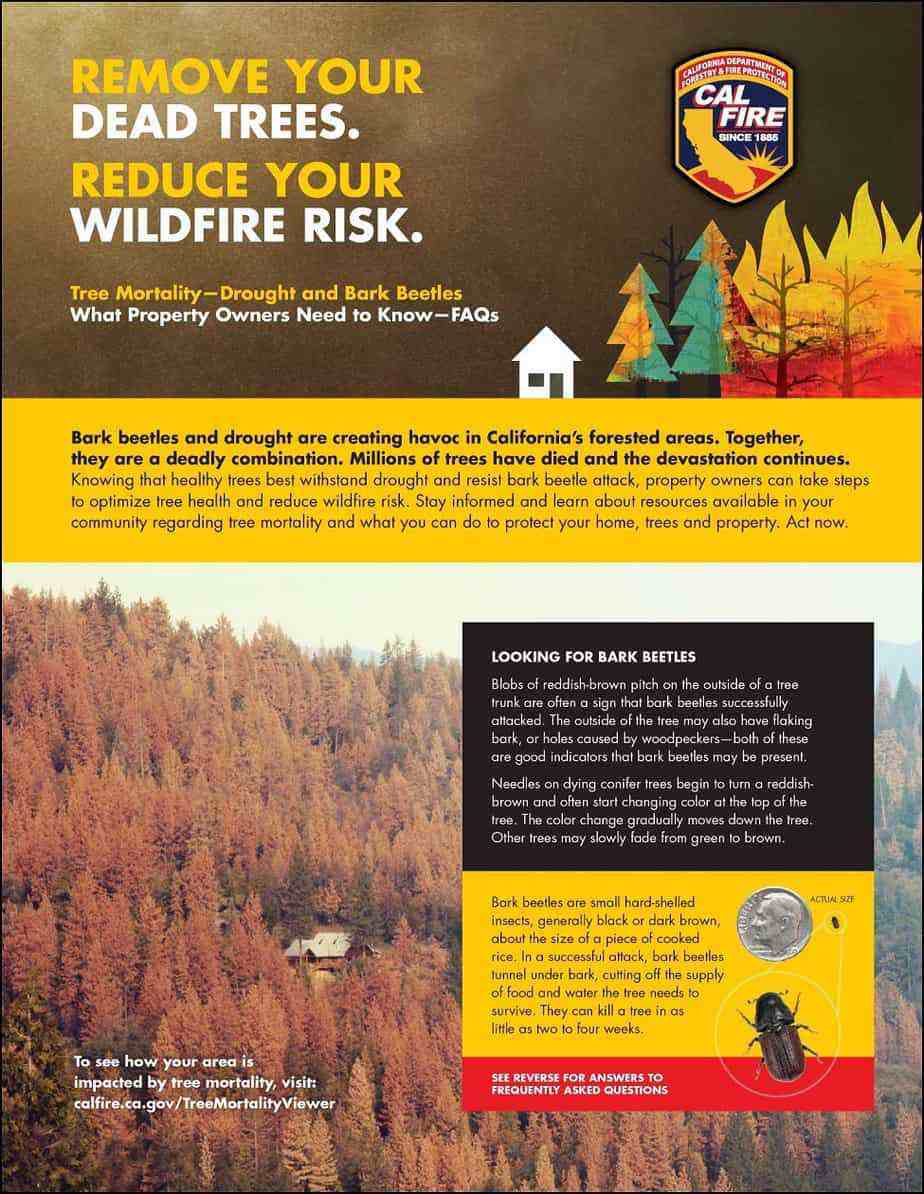
In addition, the forest management policy of wildfire suppression has allowed forests to grow more crowded than they would if they were allowed to burn.
Of course, one reason forest managers have suppressed wildfires is that people are increasingly living closer to fire-prone areas. And with more people comes increased risk of fires ignited by an errant spark. Growing populations also make conducting prescribed burns more difficult.
But Rain Will Make It All Better, Right?
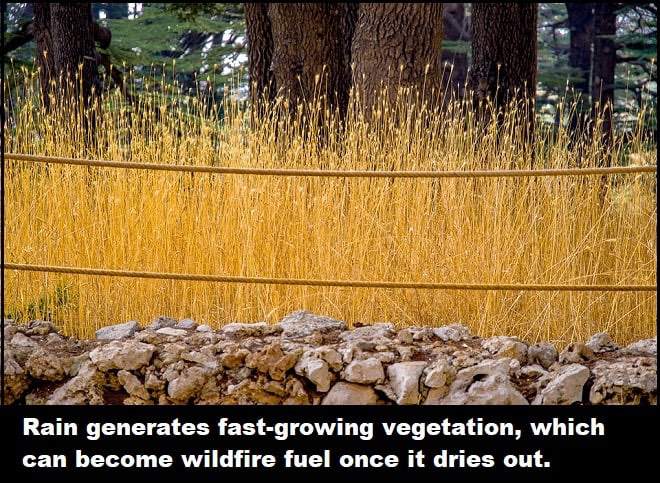
As welcome as it may be, the end of a drought does not necessarily reduce fire risks.
While it’s true that wet vegetation doesn’t burn, rainfall can’t resurrect a dead tree. What it CAN do is generate more fast-growing grasses and shrubs on otherwise barren land. When these dry out in the summer heat, they become wildfire tinder.
Newsom’s Critics
Not everybody is crazy about Gov. Newsom’s emergency order.

“Unfortunately, it’s a very Trumpian approach,” said Douglas Bevington, forest director of the Leonardo DiCaprio Foundation. (Late last year, President Trump blamed California’s wildfires on poor forest management.) “It’s the false notion that more logging, paired with rolling back environmental protections, is going to protect communities.”
Kathryn Phillips, director of the Sierra Club California, agrees. She believes that clearing trees could hurt the stability of soil and lead to more natural disasters. “For some suspension of oversight now, what’s the consequence going to be later?” she said. “Are we going to end up having huge silt floods and mudslides?”
Cal Fire Director Thom Porter reassured that his crews on the ground are “committed to the protection of life, property and the environment.” They’ll continue to work with state agencies and experts to ensure that natural resources will be protected.
Sources:
Featured Image: Public Domain

